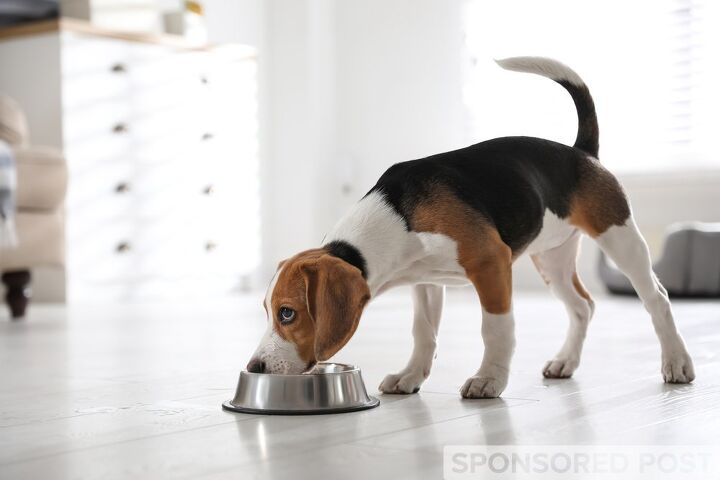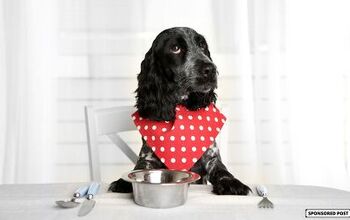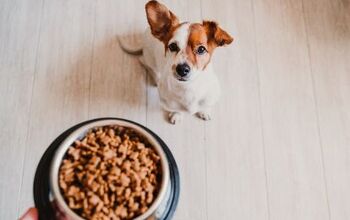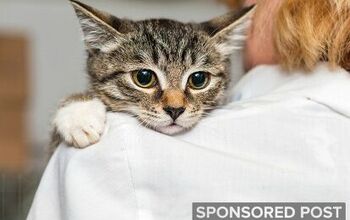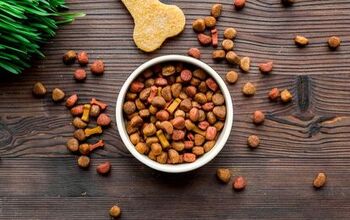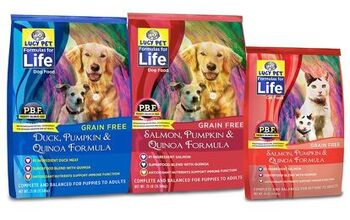How to Transition Your Pet to New Pet Food


Transitioning your pet to new pet food doesn’t have to be stressful and nerve-wracking – check out our step-by-step process of switching your pet to a new food for a fuss-free experience.
Pets are creatures of habit and big fans of their daily routine, so when it’s time to change their diet, you might be in for a challenge. Your cat or dog might have a health condition that requires them to transform their meal plan, or you might have realized that the food you were giving them is not the healthiest option out there. Either way, the process of transitioning your pet to a new food can be daunting when it’s your first time (or you have a particularly stubborn pet), but with some insider tips, the process can be as smooth as possible!
How to Transition Your Pet to New Pet Food: Step-by-Step Process
You might think that relying on the cold-stop method will yield the best results – just switch out the food overnight and your pet will have to adjust if they don’t want to stay hungry, right? Well, not really – abrupt transition to a new food can cause digestive upset, so it’s best to take small steps when trying to transition your pet to a different type of food.
First two days
Start slowly adding the new food to your pet’s usual meal: the ration for the first two days should be about 25% to 30% of the new food with the remaining 70% to 75% being their regular kibble. They’ll be none the wiser, but their stomach will get the chance to slowly adjust to new ingredients.
Days Three and Four
You can start gradually increasing the amount of new food in the mix to 50%. If your pet is picky, they might try to avoid new food when there’s more of it in the bowl, so consider adding a topper to encourage them to finish their meal.
Days Five and Six
Now it’s time for the new food to be the star of the show: add 70% to 75% of new food, with their usual food making up for the 25% to 30% of their meal. By now, they should be accustomed to the taste of the new food, but it’s still a gradual process to avoid the potential for any gastrointestinal issues.
Seventh day and beyond
After a week of slowly introducing new food to your pet’s plate, it’s time to make the switch completely. You should feed only new food from now on, and their stomach should be accustomed enough for the full transition to go over smoothly. If your pet is finicky, you might need to continue with toppers for a few days but start reducing the number of toppers with each next day until they are eating only new food without any enhancements.
Options to Consider When Changing Your Pet’s Diet
There are many reasons why pet parents decide on transitioning their dog or cat to a new diet, but one of the primary causes for a diet change is health issues – whether to prevent or address them. Vet-authorized formulas are usually chosen to target a specific issue, e.g., kidney support or urinary tract health, and for pets with a sensitive digestive system or food allergies or sensitivities, the usual course of action is either going for grain-free food, or limited ingredient diets.
If your pet has itchy skin or digestive issues, opting for dry food with fewer, cleaner ingredients can ensure they get the nutrients their body needs while minimizing the risk of allergy flare-ups, skin issues or GI disturbance. Foods with 10 ingredients or fewer, such as Canidae PURE line, will help you eliminate unnecessary fillers from your pet’s food, and provide a complete and balanced diet. Canidae PURE boasts premium protein as the first ingredient and is available with or without grains to cater to various types of food sensitivities. What’s more, PetSmart is offering a 20% off promo for this premium quality limited ingredient food – so you can transition your pet to a limited ingredient diet and save some money in the process.
Feature Photo By New Africa/Shutterstock.com

A proud mama to seven dogs and ten cats, Angela spends her days writing for her fellow pet parents and pampering her furballs, all of whom are rescues. When she's not gushing over her adorable cats or playing with her dogs, she can be found curled up with a good fantasy book.
More by Angela Vuckovic



